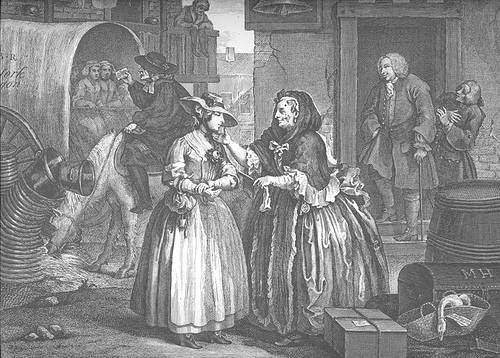Two racehorses and a dog are in the stable on the night before the big race.
The old horse says, “Kid, I have a favor to ask. Tomorrow’s the last race of my career. If I win, they’ll have a big parade in my honor and put me in a nice pasture for the rest of my life. If I lose, they’ll send me to the glue factory. Now, I’m still a pretty good racer, but I think we both know that if you try tomorrow, you can beat me. So I’m asking you, just this once … will you let me win?”
The younger racehorse looks at the ground for a long time. “I understand what you’re asking,” he says, “and I feel for you, I really do. But look at this from my point of view. I’ve never lost a race. If I keep up my record, there’s no telling how far I’ll go. And, no offense, but if I lose this early in my career to a horse as old as you, I could never recover. I’m really sorry, but I just can’t do it.”
The dog says, “Are you out of your mind? You’ve said yourself that you already have a great record, and he’s asking you to come in second, in one race, to save his life. How can you refuse that? Have you no soul at all?”
The young horse looks at the old horse and says, “Look — a dog that can talk!”



